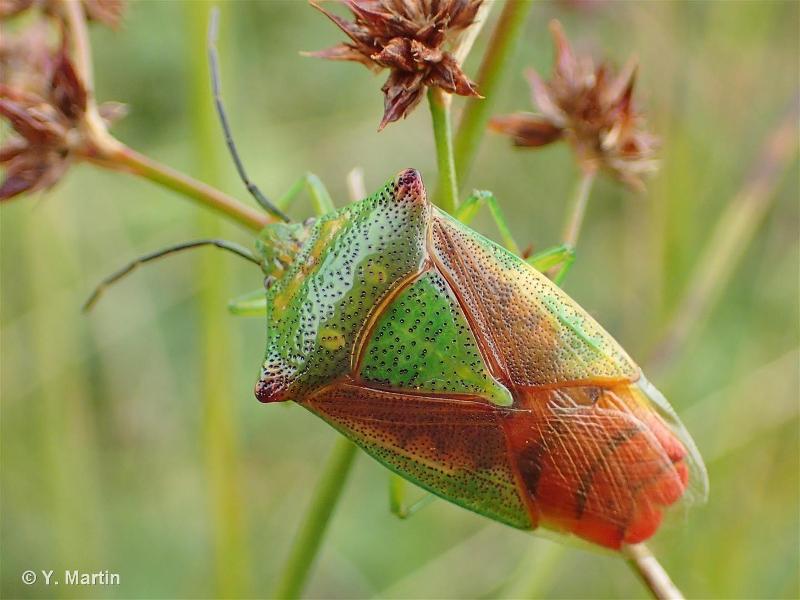
cd_nom

| Author : F. Chevaillot |
 |
To get the picture, please visit:
Fred CHEVAILLOT
Moulin de Castor
La Maynobe
12550 COUPIAC
06 51 19 18 32
09 88 28 31 26
www.insecte.org
email : fred.chevaillot@wanadoo.fr
Any reuse of one or more photographs on this site is subject to an authorization request from the author.
Link to the Code of Intellectual Property (Legifrance)

 |
To get the picture, please visit:
Yoan MARTIN
email : martin.yoan95@gmail.com
Despite the Creative Commons license, please inform the author of the use which will be made of his photo

| Author : F. Chevaillot |
 |
To get the picture, please visit:
Fred CHEVAILLOT
Moulin de Castor
La Maynobe
12550 COUPIAC
06 51 19 18 32
09 88 28 31 26
www.insecte.org
email : fred.chevaillot@wanadoo.fr
Any reuse of one or more photographs on this site is subject to an authorization request from the author.
Link to the Code of Intellectual Property (Legifrance)

| Author : J. Touroult |
 |
To get the picture, please visit:
Julien TOUROULT
Muséum national d'Histoire naturelle - Service du Patrimoine Naturel
36 rue Geoffroy Saint-Hilaire
CP 41
75 231 PARIS CEDEX 05
e-mail : inpn@mnhn.fr
Despite the Creative Commons license, please inform the author of the use which will be made of his photo

| Author : H. Bouyon |
 |
To get the picture, please visit:
Hervé BOUYON
email : herve.bouyon@wanadoo.fr
Any reuse of one or more photographs on this site is subject to an authorization request from the author.
Link to the Code of Intellectual Property (Legifrance)

 |
To get the picture, please visit:
Yoan MARTIN
email : martin.yoan95@gmail.com
Despite the Creative Commons license, please inform the author of the use which will be made of his photo
Taille : 14 - 18 mm.
Diagnose :Grande punaise (la plus grande de France) allongée et bicolore vert clair et rougeâtre, avec le pronotum bicolore, le scutellum vert et les antennes noires. Pronotum avec deux pointes (aux angles huméraux) plus ou moins aiguës mais toujours saillantes par rapport au corps, pattes vertes.
Détermination : Simple
Espèces proches :Sa grande taille la distingue des autres espèces de punaises Acanthosomatidae.
Elasmostethus interstinctus et Elasmostethus minor sont des espèces proches, mais plus petites et qui ne possèdent pas de pointes humérales saillantes.
Période d'observation : Mars à novembre.
Biologie-éthologie :Cette espèce vit sur les arbres et arbustes comme les autres Acanthosomatidae. Elle se nourrit en piquant les baies rouges des Rosaceae comme l'aubépine, les rosiers ou le sorbier. On la rencontre aussi sur d'autres essences : bouleaux, charme, chênes à feuilles caduques, cornouiller, hêtre, noisetier, peuplier, poirier, prunier, sureau, tilleul, tremble, viorne.
Biogéographie et écologie :Espèce eurosibérienne, elle se rencontre jusqu'à 63° de latitude nord en Suède, Norvège, Finlande. Elle est assez commune dans son biotope, plus fréquente à la fin de l'été, mais rarement trouvée en nombre du fait de l'inaccessibilité des branches d'arbres sur lesquelles elle vit. Elle préfère les forêts humides et elle est donc rare ou absente dans les zones à influence méditerranéenne.
Roland Lupoli (),2019
Continental
Metropolitan France
Overseas
Marine
Metropolitan France
Overseas
The map presents a summary at the 10 x 10 km grid of the observation data for the species transmitted to the SINP. These data have been subjected to validation filters.
The map presents a reference distribution layer of the species at the scale of departments and marine sectors. The presence and absence data were established by expertise within a network of partners. This reference distribution is used in the validation process of the SINP data at the INPN level.
Corresponds to a report on the basis of at least one observation proved within a period of 10 years (20 years for little-known invertebrates) preceding the year and no presumption of extinction since obtaining the last data nor doubt on reproductive and implemented nature of this population. For migratory species, the presence indicated concerns areas of reproduction.
This status is based on one or more of the following criteria:
This point covers the absence, more difficult by nature to demonstrate than presence. This status is based on one or more of the following criteria:
This status must be assigned to a department in which the presence of the species is casual.
Particular case of absence due to a proven extinction less than a half century ago (older disappearances are treated as "no probable or definite").
In the state of knowledge, we can not comment on the presence or absence in the current department. This is the default status when not comprised in one of the previous categories or whenever there is doubt.
The map shows the global distribution of the species based on GBIF data (Global Biodiversity Information Facility).
